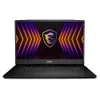“Thocky” sounds and cool fingers: I used ceramic keycaps for a week and loved every click
I was skeptical but intrigued when I heard about Cerakey’s ceramic keycaps. Are they the ultimate acoustic upgrade for your keyboard?
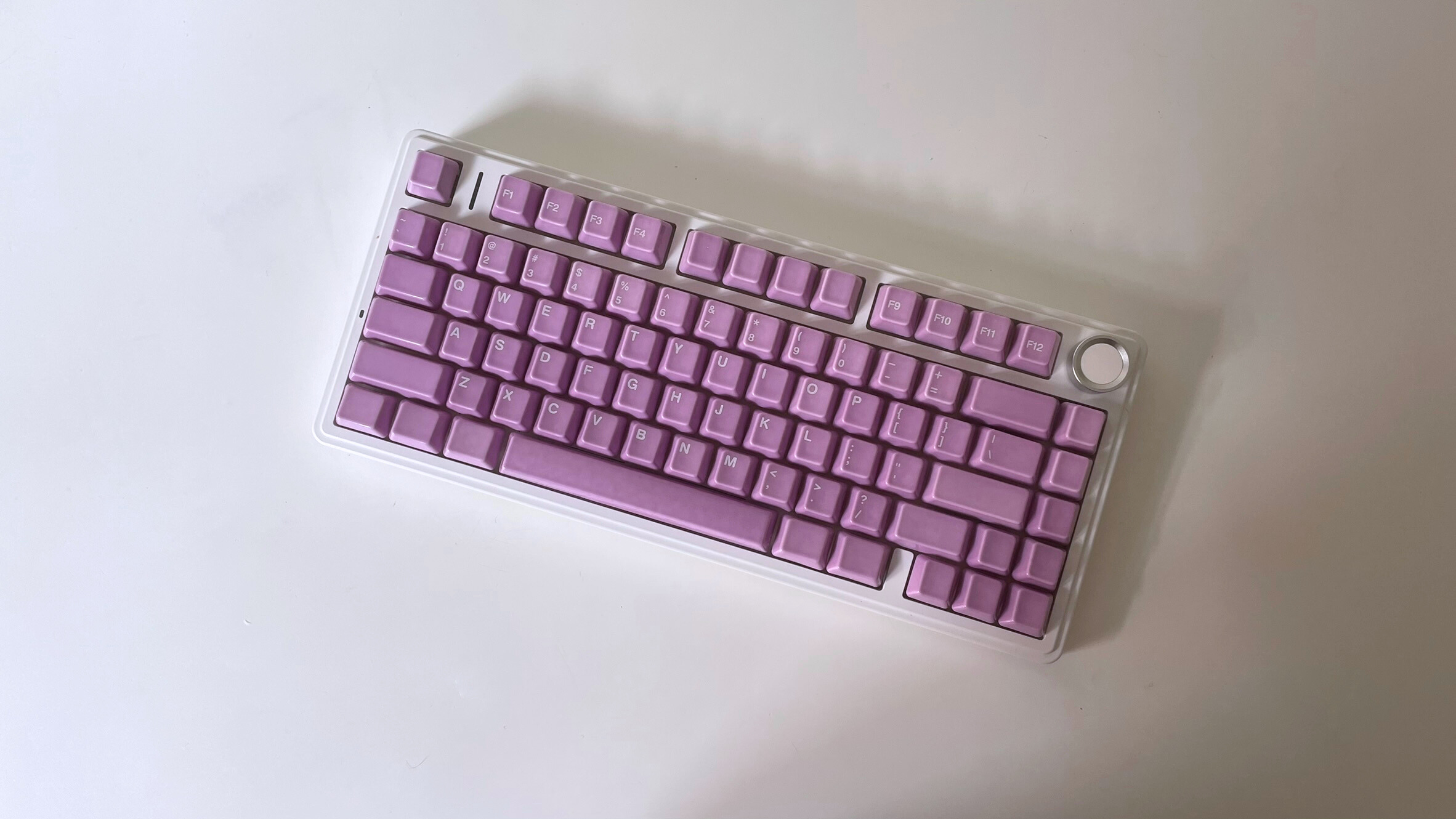
If you’re new to mechanical keyboards, paying over $100 for a set of keycaps (not even the full keyboard, just the keycaps) might sound like a lot. After all, you can get a complete pre-built keyboard for less.
I was skeptical, too, when I first heard about Cerakey’s cool-to-the-touch ceramic keycaps. Cerakey is the first — and maybe only? — brand to offer keycaps made of ceramic, the same material your favorite mug is made from.
Cerakey was initially conceived as a Kickstarter campaign in 2022 that raised over $900,000 and attracted over 5,000 backers. Fast-forward to 2024, and Cerakey is still going strong, offering several sets of stylish, premium ceramic keycaps now from their website rather than Kickstarter.
The enthusiast keyboard community is full of creative tricks for improving the sound and performance of mechanical keyboards. Some strategies are surprisingly effective, while others are as silly as they sound (like filling your keyboard case with sand). I’ve tried some of the most common keyboard hacks already and was impressed with how well they worked (like sticking pieces of band-aids under your spacebar or putting masking tape under your keyboard’s PCB).
Why ceramic is so cool
I was skeptical but intrigued when I heard about Cerakey’s ceramic keycaps. Conventional keycaps are made of plastic. Usually PBT or ABS, so ceramic may seem out of left field.
It's the same material used for mugs, flower pots, and sinks. Ceramic is made from mixtures of clay and water with a glazed finish. Thanks to its ability to conduct heat better than most plastics, ceramic feels cool to the touch, unlike conventional keycaps.
But are ceramic keycaps better than plastic, better enough to spend over $100? I tested a set of Cerakeys on one of my favorite mechanical keyboards to find out.
Get The Snapshot, our free newsletter on the future of computing
Sign up to receive The Snapshot, a free special dispatch from Laptop Mag, in your inbox.
The Cerakeys typing experience: Premium sound at a premium price
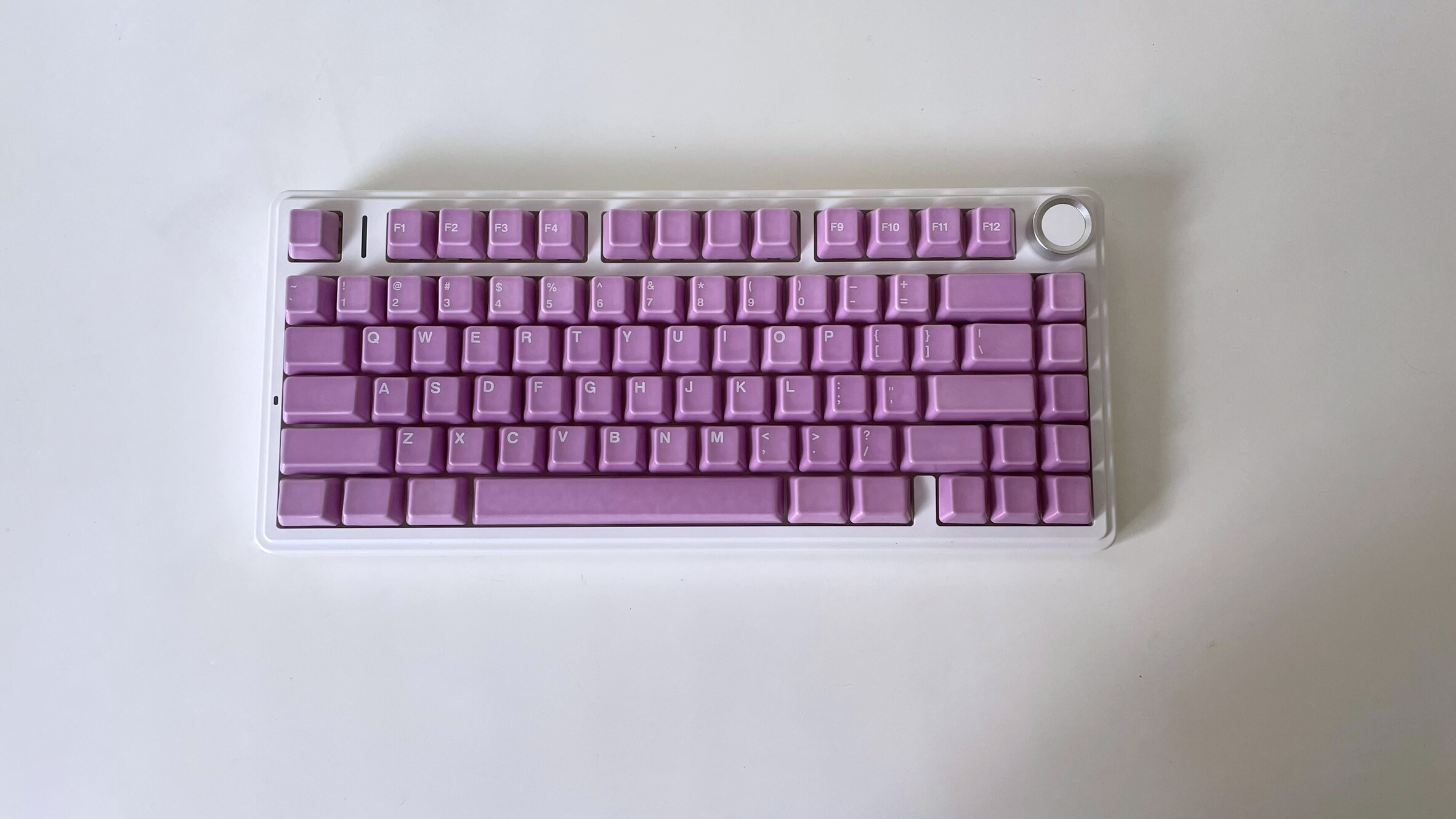
Adding a set of Cerakeys to your custom mechanical keyboard is a big decision since these are premium keycaps. A complete set can cost up to $150, depending on the color and whether or not you want legends (the letters, numbers, and symbols on your keycaps) printed on the keys. My review keycaps are the purple Ceramic Keycap Set V2 version with white legends.
That price is on par with other bespoke keycap sets, such as limited-run sets or custom group buys from top brands like GMMK. However, if you’re new to the world of enthusiast mechanical keyboards, $150 just for your keycaps probably sounds a bit pricey. Is a single set of keycaps worth as much as one entire pre-built keyboard? I set out to investigate that when I opened my box of Cerakeys.
I immediately noticed the difference when I swapped out my usual doubleshot PBT keycaps on my Epomaker x Aula F75 with the Cerakeys. The Cerakeys are smooth, but not in the greasy way that smooth plastic keycaps are.
I also noticed that the Cerakeys are cool to the touch, even while you’re typing on them. So, despite the smooth texture, they don’t really get sweaty or grimy.
After installing the Cerakeys, my keyboard was noticeably heavier since the individual keys weigh a bit more than typical plastic keycaps. Interestingly, I could type faster with the Cerakeys due in part to their extra weight.
I expected the opposite, but that extra weight pressing down on the switch stems reduced the actuation force I had to apply to the switches, or at least simulated the feeling of a lower actuation force, allowing me to type faster without cramping up.
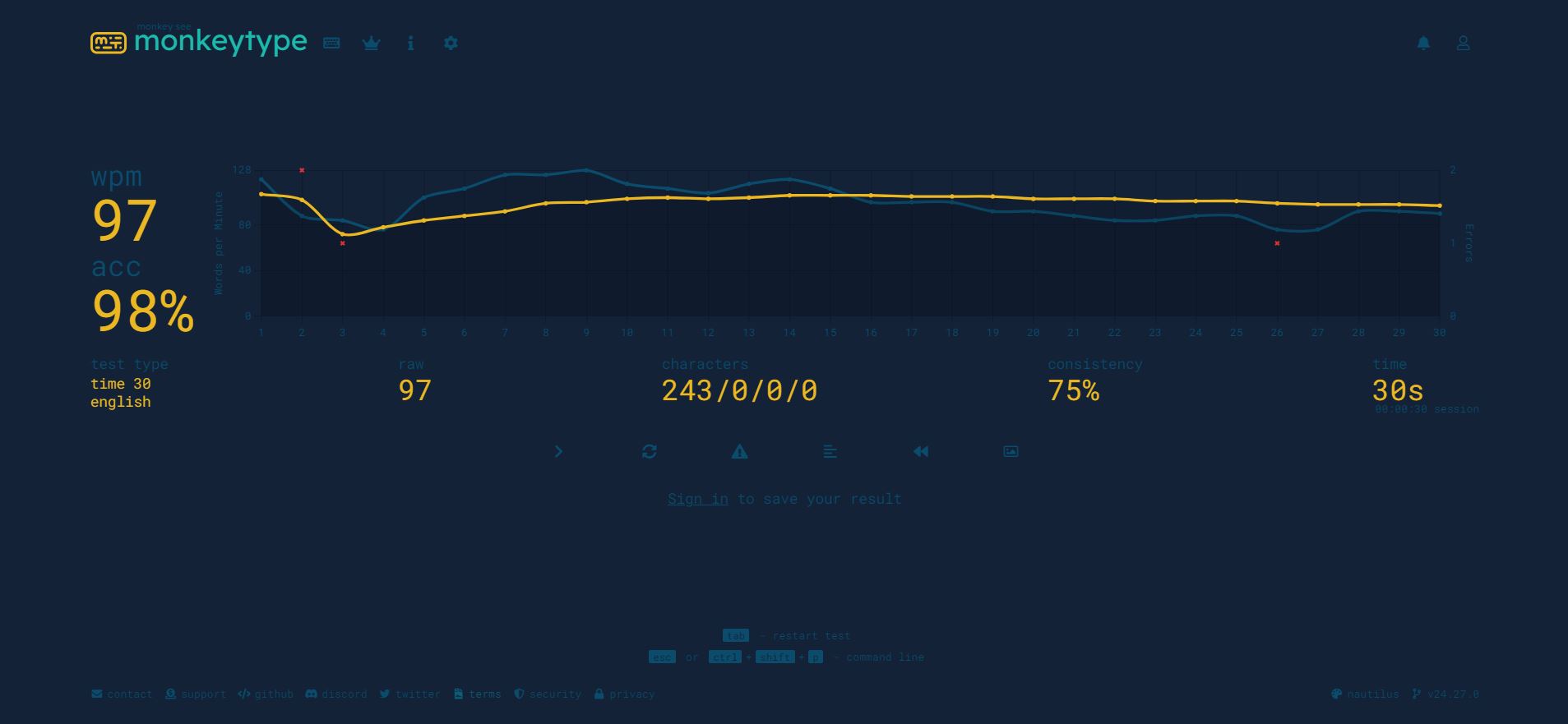
To test this theory, I ran the Monkeytype typing test on the Epomaker x Aula F75 with the Cerakeys. I scored 97 words per minute with 98 percent accuracy. In comparison, my score with the same keyboard using a Double Shot PBT keycaps set was only 84 words per minute with 96 percent accuracy.
My switches sounded noticeably different, as well. The Cerakeys gave my keyboard's Leobog Reaper linear switches a lower, smoother sound that was a bit more muted than my plastic keycaps. I noticed the same thing with tactile switches. The deeper, smoother tone you get from Cerakeys could be a positive or a negative, depending on the sound you’re looking for.
For example, if you want your keyboard’s clicky switches to sound extra crunchy, ceramic keycaps probably aren’t the best fit since they’ll smooth out the sound of your switches a bit. However, this also means Cerakeys are a fantastic complement to most linear and tactile switches. If you’re going for a soft, mellow, or “creamy” sound, Cerakeys could offer better sound quality than plastic keycaps.
Minimalistic in daylight, RGB all-star at night
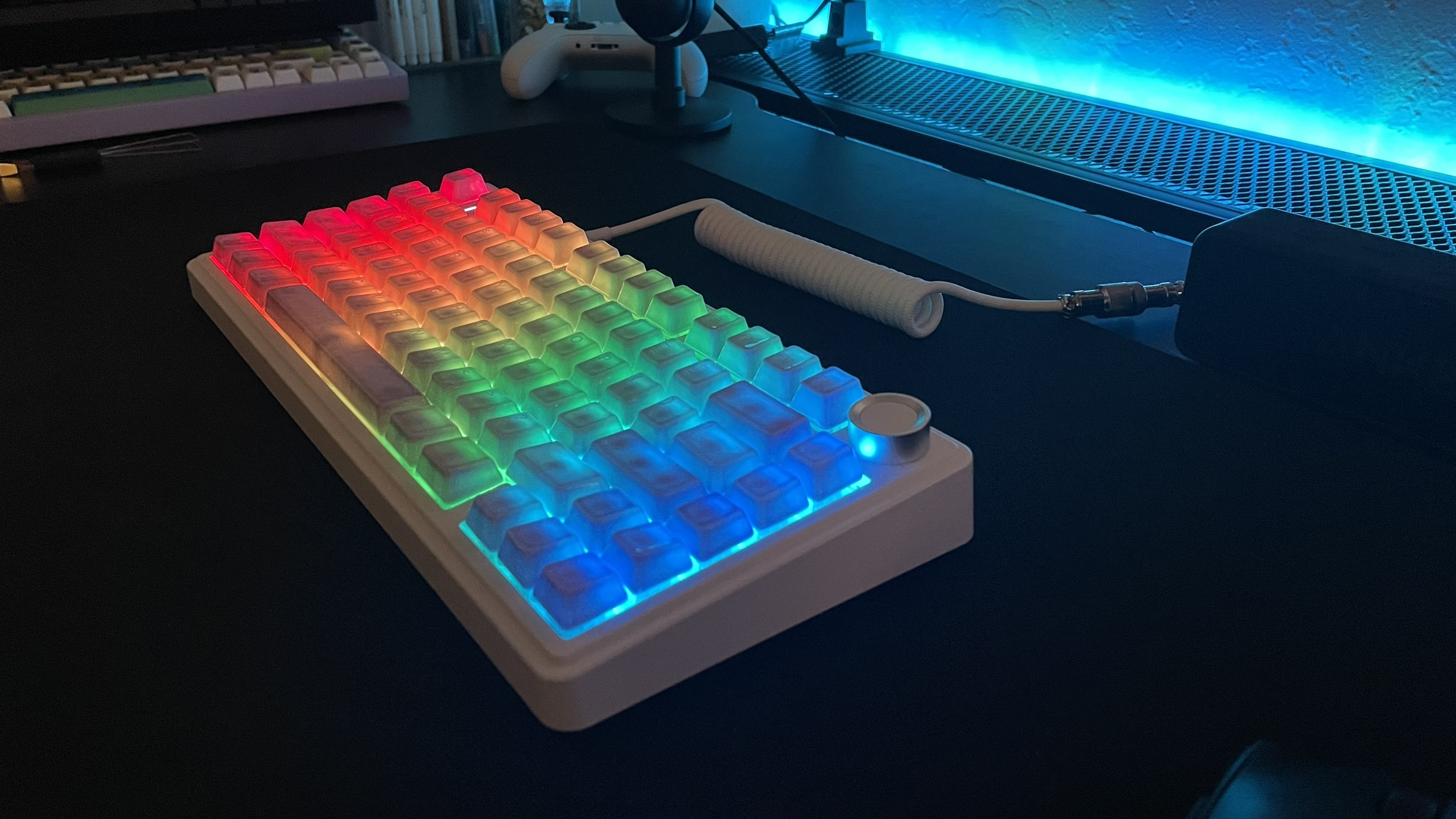
The visual aesthetic of ceramic keycaps might not be for everyone, but pudding and crystal keycap fans will be right at home. I expected almost no RGB shine-through on the Cerakeys, but the ceramic lets a lot of light through and behaves similarly to translucent plastic keycaps. The result is eye-catching when your RGB is cranked up, especially during late-night gaming sessions.
With RGB off, Cerakeys give off a more minimalistic look. The standard complete sets are all single-color, but you can also build your own set to mix and match colors. Aside from the silky smooth texture, they look similar to any other set of keycaps under regular lighting. The purple set I tested looked more like pink when I turned off the RGB backlighting.
Cerakeys are secretly great for… gaming?
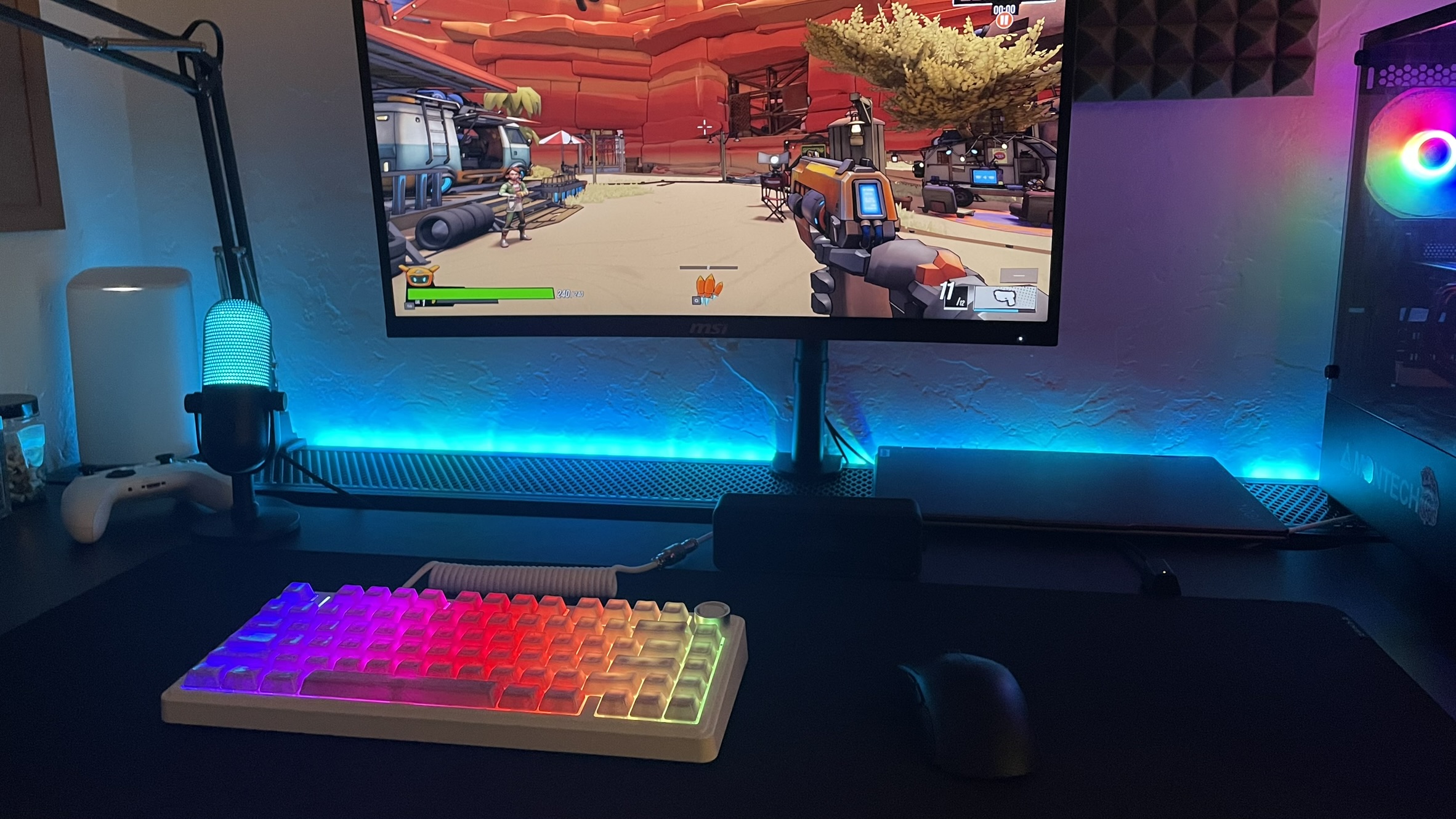
When testing a new gaming keyboard or keycaps, I usually look for lightweight keycaps with textured plastic on top for finger grip. So, I had my doubts about gaming with the Cerakeys. The smooth, heavy ceramic is the opposite of what I usually look for in gaming keycaps. I figured it would lead to slippery keys and poor accuracy in the heat of any fast-paced game.
The Cerakeys proved me wrong. Gaming was one of my favorite uses for them, but it still depends partly on your switches. I played several rounds of Roboquest using the Epomaker x Aula F75 with the Cerakeys installed and set a new personal best run. My co-op partner even remarked that my gameplay was excellent that day.
One thing I noticed was the way the Cerakeys stay cool, seemingly no matter what. It’s a bit like how a ceramic countertop is always cool to the touch. The Cerakeys simply don’t hang onto heat, so my hands never got noticeably sweaty while gaming on them.
In addition, just like with typing, the weight of the ceramic keycaps eases the actuation force a bit or at least simulates the feeling that your switches are lighter than they are. As a result, my keystrokes felt swift and snappy during gameplay.
While it doesn’t directly affect game performance, the Cerakeys also look spectacular in the dark with the RGB turned on. They’re the ultimate premium accessory for gamers who can’t get enough RGB in their setup.
Are ceramic keycaps worth it?

I used the Cerakeys on and off for a few weeks, so I got plenty of time to try them out and compare them to a slew of plastic keycaps with different profiles and materials.
Cerakeys don’t come cheap. They are a premium addition to any mechanical keyboard at over $100 for a complete set. If it’s within your budget and you want to take the sound quality and typing experience of your keyboard to the next level, Cerakeys is a superb luxury alternative to plastic keycaps. They can give your custom keyboard a distinct look while providing a cool-to-the-touch typing experience with smooth, mellow keystrokes.
While I was impressed by the Cerakeys, they sound best on linear switches. They can also go well with tactile switches, depending on the sound you’re looking for, but they may not be the best match with clicky switches. But if you’re splurging on the ultimate linear keyboard build and want to maximize the “thocky” tones of your switches, Cerakeys could be the way to go.
It’s easy to write off ceramic keycaps as the latest acoustic engineering gimmick in the custom keyboard community. However, I can say first-hand that these keycaps can legitimately do what they promise to – improve your keyboard's sound, feel, and visuals with a unique new keycap material.
More from Laptop Mag
- Epomaker x Aula F75 mechanical keyboard review: This budget-friendly keyboard can do it all
- I tried 6 cheap and easy mechanical keyboard mods – here’s what happened
- Best types of mechanical keyboard switches for gaming, typing and more

Stevie Bonifield is a freelance tech journalist who has written for PC Gamer, Tom's Guide, and Laptop Mag on everything from gaming to smartwatches. Outside of writing, Stevie loves indie games, TTRPGs, and building way too many custom keyboards.







